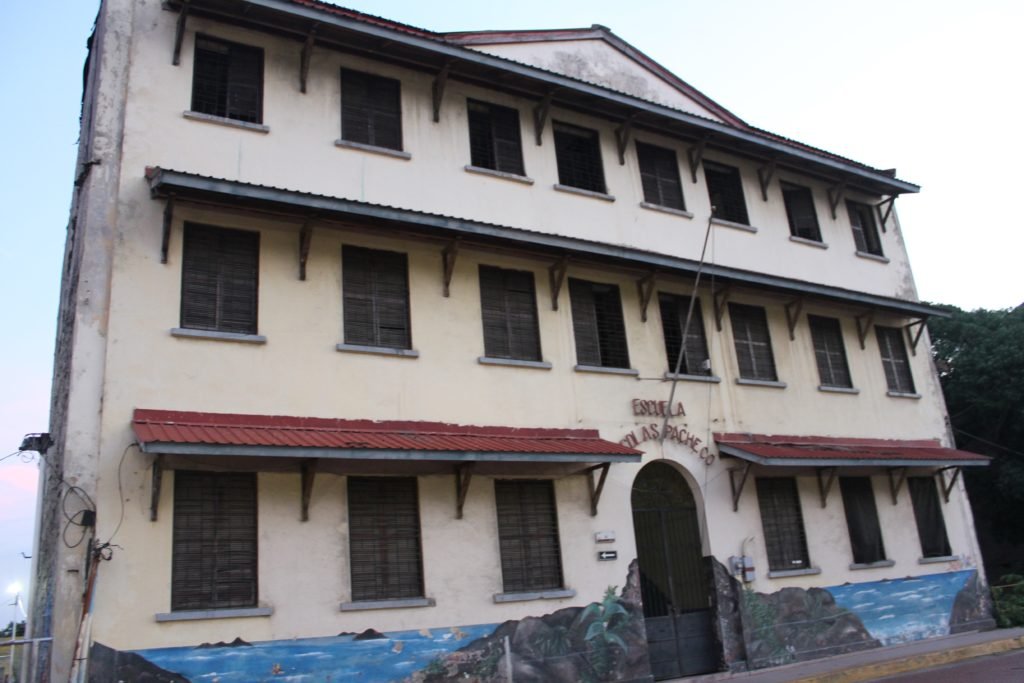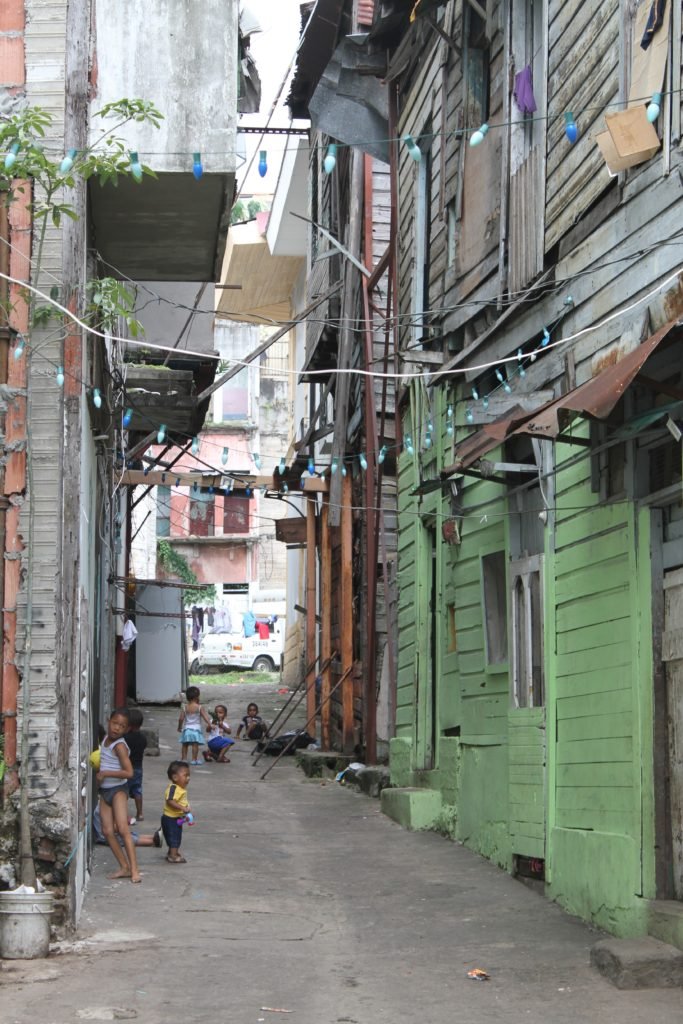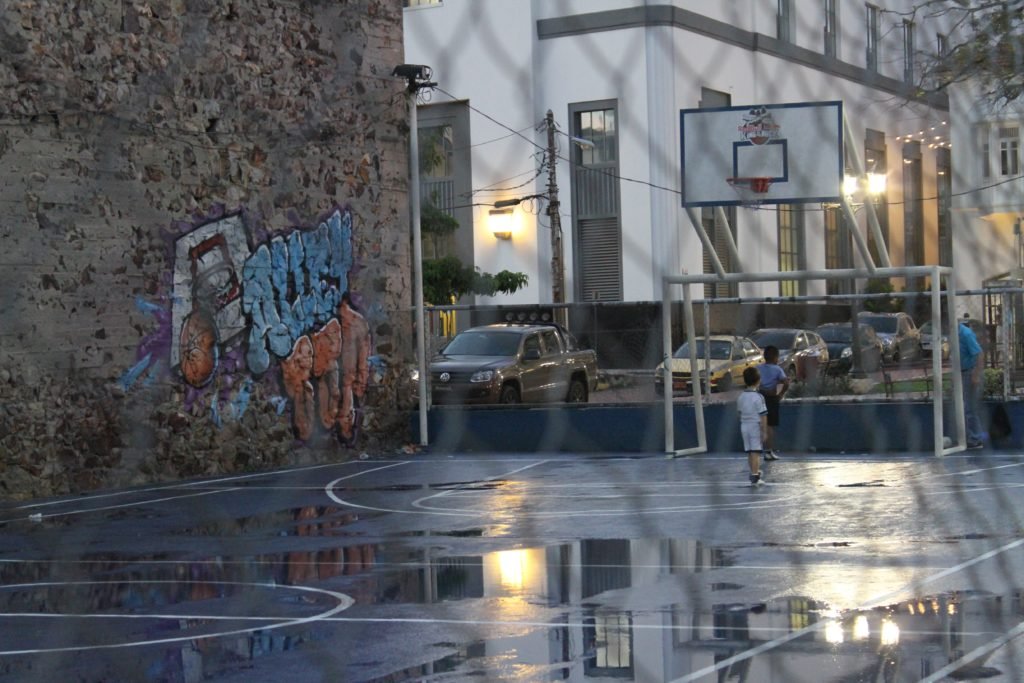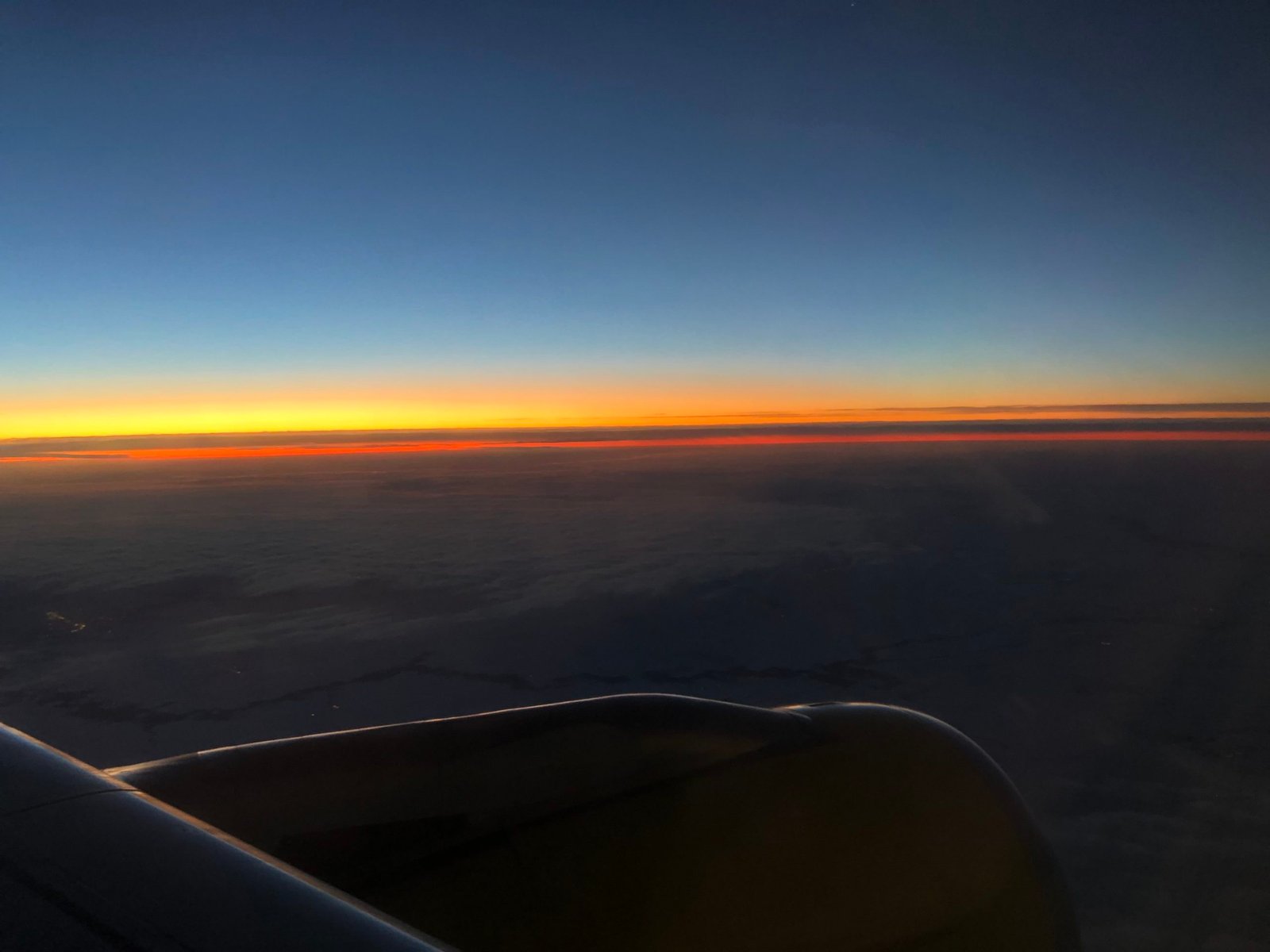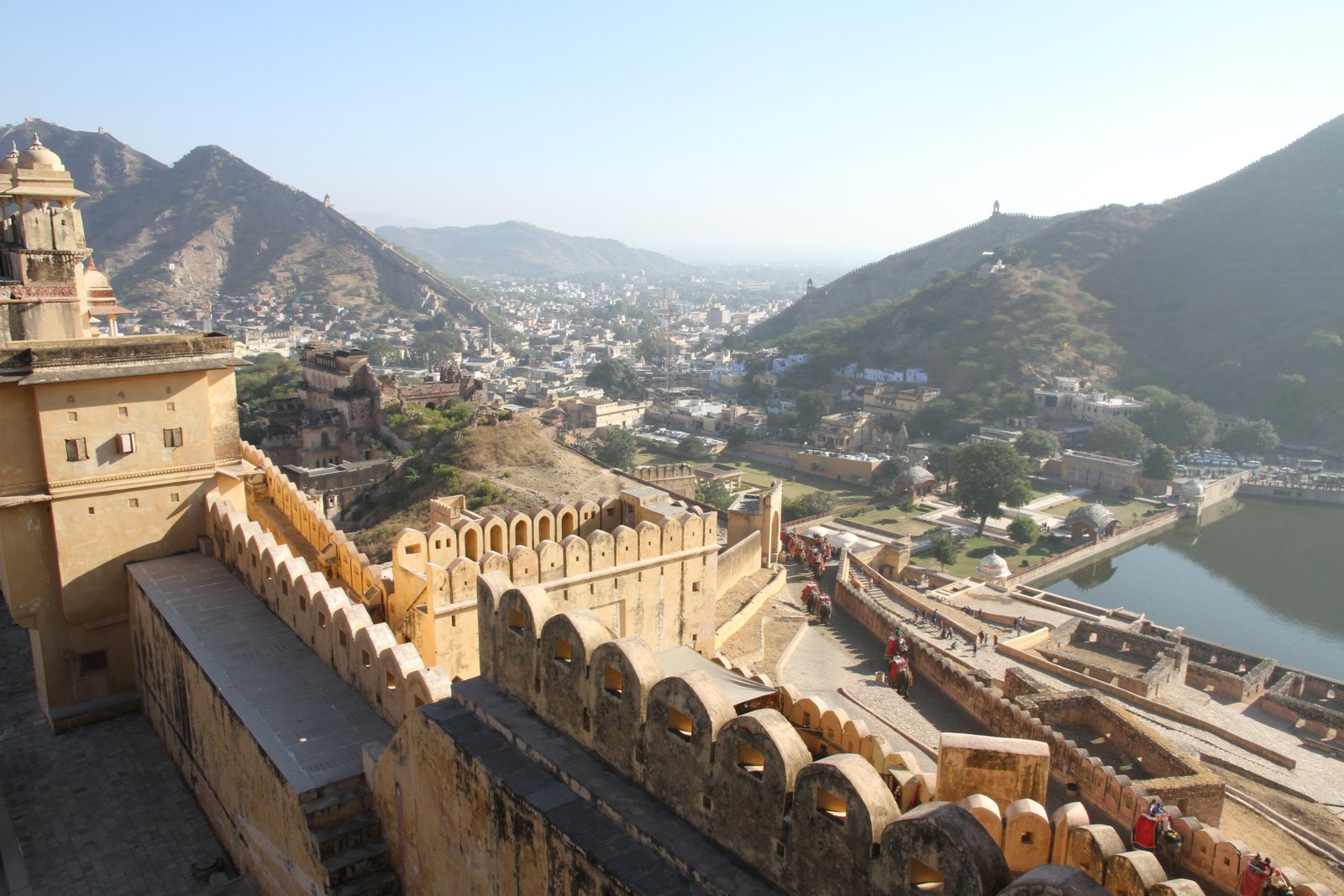When I travel the world, I always try to catch a soccer game—whether it’s kids playing on the streets of Buenos Aires, a high school game in Iceland, joining in on a game on the beaches of Rio de Janeiro, or attending a professional match in the best-known stadiums in the world, like La Bombonera or Azteca. In the previous post, I wrote about how even getting lost in the Czech wilderness didn't stop me from getting to a soccer game in Prague. And so, when I arrived in Panama on another solo trip in 2014, catching a game of Liga Panameña de Fútbol—the top-tier soccer league in Panama—was my top priority.
Panama is not known as a soccer powerhouse, but I was still excited about the match. Unfortunately, the game that afternoon was mediocre and ended in a scoreless draw. On top of that, it rained for the entire duration of the first half. I guess that’s the life of a fan, living through the most thrilling of times, followed by the depths of frustration. Little did I know, I was about to experience all my thrills after the game.


Unable to get a taxi after the game, I decided to walk back to my hostel. I figured a 1.5-mile walk, even in an unfamiliar neighborhood in a foreign country, shouldn’t be a problem. After all, I was once chased by a gang of soccer hooligans while trying to get home from an out-of-town game when I was fifteen. This was going to be easy.
Once I got closer to my hostel, I faced a choice: I could take a longer route through a waterfront boulevard, but that would add 30 minutes to my trip. By the time I could reach my hostel, I would've walked in the dark, something that I wanted to avoid. Or, I could just take a shortcut through the El Chorrillo neighborhood and get to my hostel in ten minutes. I saw El Chorrillo from the taxi on the way to the game, and it didn't look particularly safe. But it was late, I was tired, and walking a longer route in the dark didn’t sound as appealing as just zipping through El Chorrillo.
And then I entered El Chorrillo.
It's one thing to see a dangerous neighborhood from the window of your cab as you are speeding down a street. It's a completely different story when you're suddenly on that street in the dusk.
Was I scared? Oh, yeah, I was. And that rarely happens. I traveled to Egypt in 2011, when the country was engulfed in the Arab Spring protests. Also, I visited Thailand during anti-government demonstrations and Argentina in the midst of a public transportation workers' strike. Yet, every time, despite the commotion and disturbances, I never felt I should fear for my life. At that moment, in El Chorrillo, I regretted my choice.
The area was intimidating and depressing. I was surrounded by piles of garbage, dilapidated houses, and excessive graffiti on the walls. And not the type of graffiti showing the creative spirit of the place, but more like “this is my 'hood and I will kill you if you set foot here” graffiti. As I made my way through the decaying street, I felt absolutely naked and imagined that the entire neighborhood watched me with a sinister plan in mind. The El Chorrillo streets reminded me of the bad parts of Chicago's South Side. It was getting dark, and I moved through this place as fast as I could, barely breathing and counting my steps.
With all that fear eating me from the inside out, I was still able to notice and absorb things that I saw. The image that particularly stuck in my head was a small, crumbling concrete house with a collapsed roof. Inside, I saw an old woman sitting on a sofa and watching a black-and-white TV with her cat. The whole scene felt almost too cinematic.
My walk was no more than 10 minutes, but it felt like an eternity. At times, I felt like I walked through a war zone, which, in retrospect, I was. When the U.S. invaded Panama in 1989, it destroyed the heavily populated El Chorrillo district in downtown Panama City, and the place has never recovered. There were firefights in the streets 30 years ago, but by the look of the place now, the assault seemed to have just briefly ceased, and the bullets were about to start flying again. I finally realized that I was outside of the neighborhood when I saw local kids kicking a ball and chasing dogs. I let out a long, shaking breath. It felt like I didn’t breathe the entire walk.
When I finally got to my hostel, I read more about El Chorrillo. What I found online confirmed what I saw with my own eyes—El Chorrillo never recovered from being heavily bombed and still looks like the U.S. troops just left. Rampant drug use and gang violence became common here. El Chorrillo still has a prime location in the heart of Panama City—and the Casco Viejo (“Old Town”) is currently being renovated with the support of UNESCO money—but at this time, El Chorrillo is best avoided by an average traveler.
I realize that I have posted back-to-back stories about close calls abroad, both incidentally happening either before a soccer match or right after. Maybe it’s my fanaticism for the game, maybe it’s the fact that I sometimes disregard a well-trodden travel path, or maybe (according to Julia) I shouldn’t be allowed to travel on my own. Either way, every crazy story like this is counter-balanced with a thousand safe experiences, which usually don’t make it into blog posts. I hope this doesn’t dissuade anyone from the love of traveling or soccer. I know it didn’t for me.
Safe Travels!
